How do we test the resistance of materials against microorganisms?
Prevent eventual alterations in your materials, which are linked to the growth of microorganisms and which have the potential to lead to visual or structural defects.
Why test the resistance of materials to microorganisms ?
The development of microorganisms on materials in our surroundings could lead to visual alterations or even to structural defects. This could concern a building material which degrades on site or any type of material (toys, leather goods, precision instruments…) presenting contamination after storage, transport or use. The validation of the resistance shown by materials to the growth of microorganisms involves a series of laboratory tests.
By artificially contaminating a material and then recreating favorable conditions with regards to humidity and temperature, it is possible to accelerate the microbial phenomena and thus predict how the material will resist in the long term.
Validating the conformity of construction materials
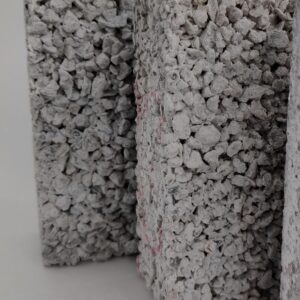
Before being made available on the market, construction materials are subjected to different tests involving resistance to fire and molecule leaching but also microbiological testing.
Indeed, in certain cases of usage (as under conditions of high humidity) such materials should not support the growth of microorganisms.
Results from these tests are compiled into technical documents providing information for consumers or for certification bodies such the French CSTB scientific and technical center for the testing and certification of building materials.
Which building materials are analyzed?
- plasterboard
- paint
- facade cladding
- classical insulators
- biobased insulating materials
- plastics
- fabrics
- metallic supports
- …
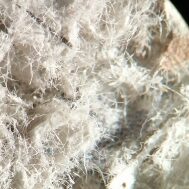
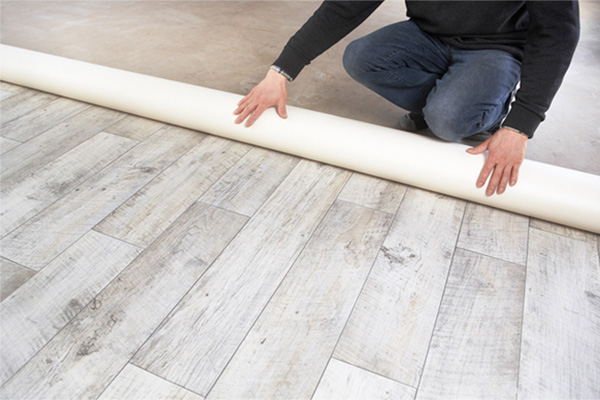
Reducing material biodegradability
Protection of materials with specific molecules
In the R&D phase, the choice of biocide adapted for the protection of materials is a crucial step.
The screening step aims to target the type and concentration of an agent that would allow the efficient protection of the material from microorganisms while avoiding “over-protection” at potential environmentally-harmful concentrations.
Conidia Coniphy helps you perform this screening step on both in-house microbial strains and those recovered from in-field contaminated surfaces.
Standardized tests of conformity certifying microbiological resistance
- ISO 846: 2019 (plastic materials)
- GS 20: technical guidelines for the specific assessment of vegetal- of animal-based thermal insulating materials.
- GS 9: protocol for the characterization of fungal growth on plaster board used in buildings with high levels of humidity.
- JIS Z2801 and ISO 22196: for the measurement of antibacterial efficacy on plastics and other non-porous materials.
- NF EN 15457 (2022) Paints and varnishes — laboratory assessment method to determine the anti-mold efficacy of thin-film coatings
- ASTM G21-15 : Standard practice for determining resistance of synthetic Polymer Materials to fungi
- NF ISO 21265 : Building and civil engineering sealants – Evaluation of fungal growth on sealant surfaces.
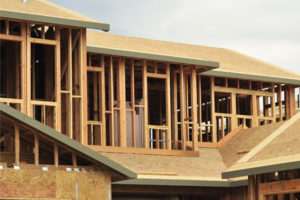
Help throughout the product certification process
Dedicated test units
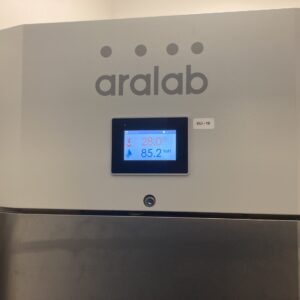
The laboratory has at its disposal different types of test unit depending on requirement. The conditions of humidity favoring the development of microorganisms can be easily generated in these units.
The laboratory also possesses state-of-the-art equipment allowing testing in strictly-controlled conditions of temperature and humidity
The tests are reproducible and conform with regulatory requirements.
Fungal testing of aeronautical and military equipment
The extreme environmental conditions to which military and aeronautic equipment are subjected can lead to mold development. Specific tests conforming with military and aeronautic regulations aim to assess whether such mold growth can affect the performance of the tested materials.
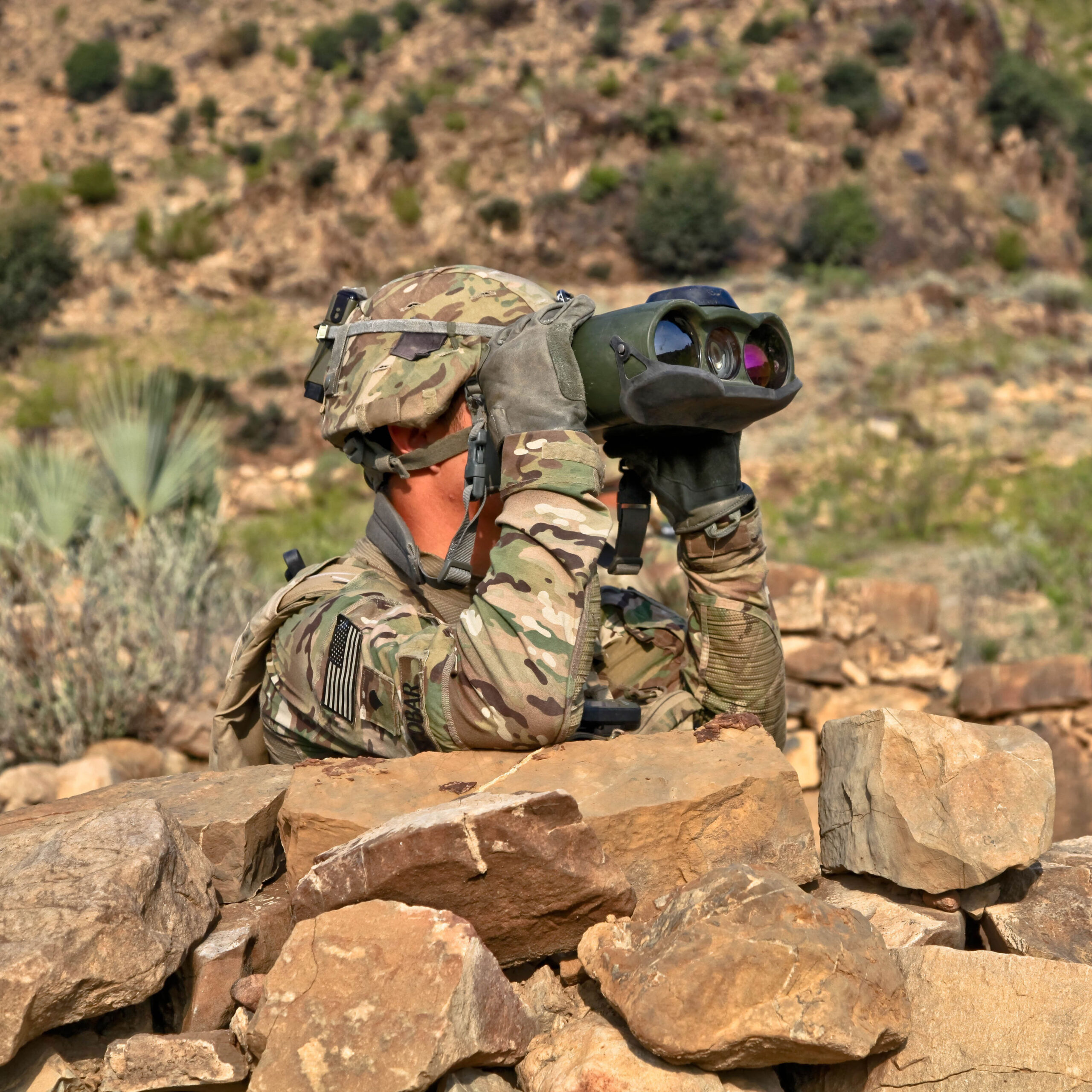
Standardized tests of microbiological resistance of military and aeronautic equipment.
- MIL STD 810 G and H: mold
- Methods 508.8 and 508.6: mold
- RTCA DO160G section 13, category F
- GAM EG13
Our solutions associated with Testing the resistance of materials to microorganisms
Microbiological analysis of air
Analysis of contaminated material
Let's work together !
If you have any needs or questions about environmental microbiology, contact us and we'll provide you with the answers you need.
